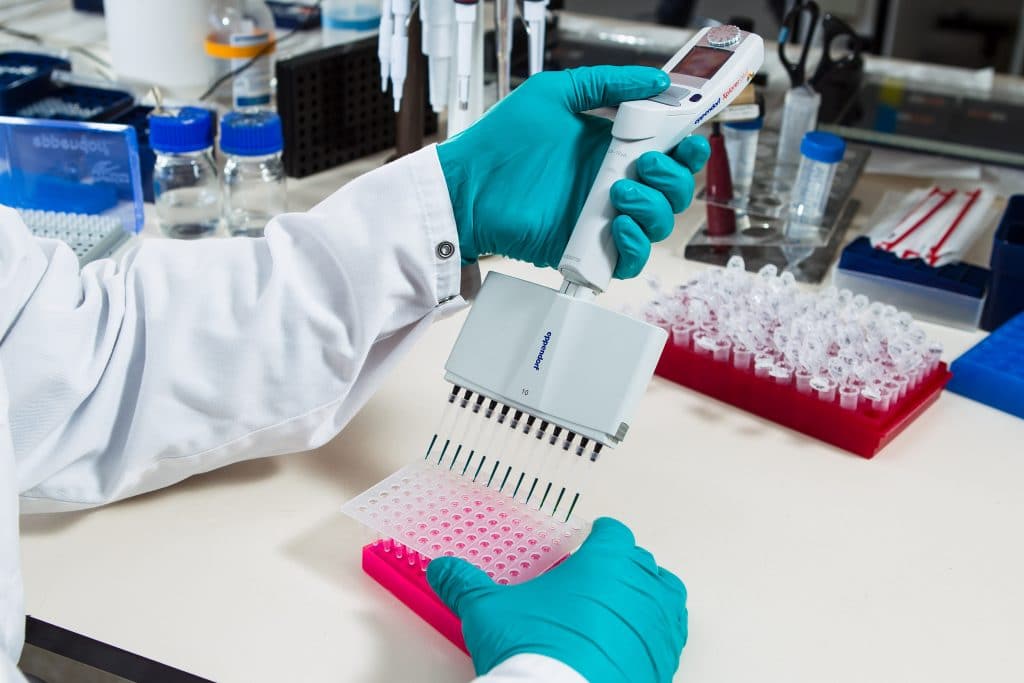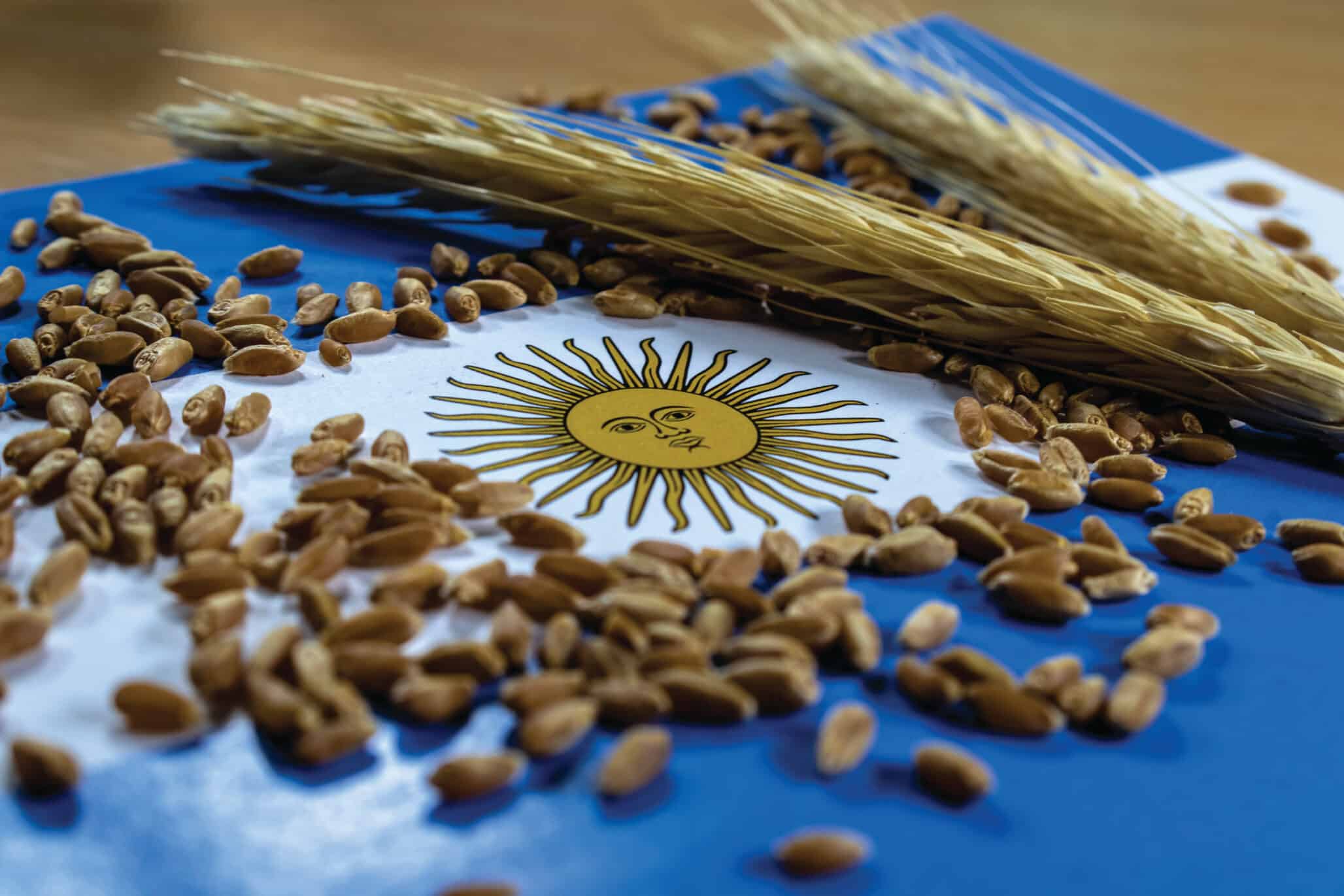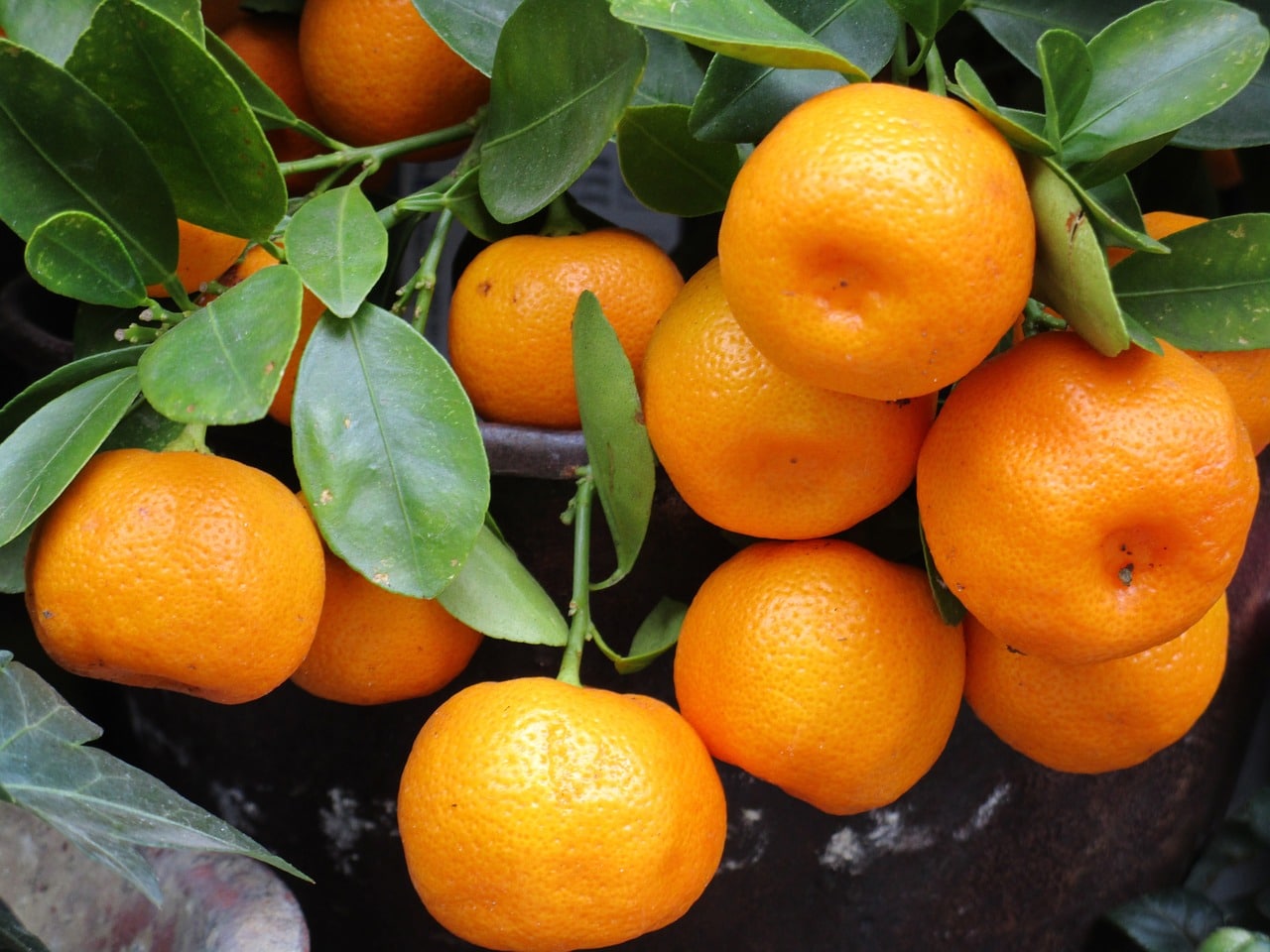A look at the upcoming paradigm shift of how we distinguish plant varieties.
The breeding of new varieties is more and more a matter of the use of molecular based breeding techniques. The classical crossing and selecting of plants, moved to marker assisted breeding, where the crosses are checked on a molecular level to see if the desired traits are present in the cross. Today, even marker driven breeding techniques are used, where on a molecular level, ‘varieties’ are created and only at the end of the process, a grow-out is organised for a final check and selection.
In the meantime the process to grant plant variety rights is still based on the same principles that applied when the International Union for the Protection of New Varieties of Plants (UPOV) was created in 1961; the morphological description of a set of pre-defined characteristics, and a new variety needs to be Distinct, Uniform and Stable (DUS).
Logically, the question is if there is room for the use of molecular techniques in this DUS process?
To answer this question, we have to look at the ’91 UPOV convention that says in art 7:
Distinctness: “The variety shall be deemed to be distinct if it is clearly distinguishable from any other variety whose existence is a matter of common knowledge at the time of the filing of the application. ……“
In this article, no mention is made of the techniques that are to be used to establish if a candidate variety is distinguishable from any variety of common knowledge. To study that, we have to look at the definition of variety in art 1 of the said convention:
“Variety” means a plant grouping within a single botanical taxon of the lowest known rank, which grouping, irrespective of whether the conditions for the grant of a breeder’s right are fully met, can be:
- defined by the expression of the characteristics resulting from a given genotype or combination of genotypes,
- distinguished from any other plant grouping by the expression of at least one of the said characteristics and
- considered as a unit with regard to its suitability for being propagated unchanged;
This combination of articles is clear; the method to test if a variety can be granted plant breeders rights (PBR) is based on the expression of the characteristics that result from a certain genetic composition.
Existing possibilities
Despite this basic statement, there is a general feeling that molecular techniques are useful and may even be required to keep the quality of the DUS decision high, and at the same time, help to keep the costs of a DUS test reasonable.
Therefore, UPOV has already established principles to guide the use of molecular techniques. It is possible to apply a molecular test to replace a bio test. This can be useful in a case where, for example, an expensive trial has to be organised to observe a single characteristic when the absence or presence of that characteristic can also be shown in a molecular marker test. An example is the presence of cytoplasmic male sterility in Brassica crops. To observe this in the field, a replanting of the plants in a second year is necessary, where a PCR test will give the desired result in a matter of days.
Also, some disease resistance characteristics can be observed using marker techniques.
The idea behind this is that if there is a ‘one to one’ relation between the visually observed or measured characteristic and the molecular result, UPOV allows the use of a molecular test.
The same reasoning is used in the allowance to use molecular techniques in the management of reference collections. If a clear relation can be shown between the molecular fingerprints and the morphological features, a molecular test may be used to manage the reference collection; to decide on close varieties for inclusion in the growing trial or to discard varieties from common knowledge as potential comparing varieties. Examples of this approach are the maize and potato DNA databases. In these cases, molecular distances and morphological distances are compared and, in combination, safety thresholds are established.
Is this enough?
In the Netherlands, we are of the opinion that for a strong sustainable Plant Breeders’ Rights system, more is needed. Not only will breeding techniques develop and produce more new varieties, the set of varieties of common knowledge will grow dramatically as a result of that.
Breeding activities take place worldwide and, as a result, a broad diversity of types and varieties is available. Seed companies operate on a worldwide basis so the introduction of new varieties is not confined to certain regions or countries.
One of the major challenges in DUS testing is to ensure that new plant variety applications do not presently exist and are clearly distinct from all other varieties of common knowledge. The quality of the DUS decision therefore depends largely on the available information on the common knowledge varieties, the subsequent management of the variety collection and design of the DUS trials that contain an acceptable and workable number of comparing varieties without missing any relevant variety of common knowledge as a reference.
Risks in the current DUS system
It is almost impossible to have and maintain a full overview of common knowledge. The rapid development of new varieties due to intensive molecular assisted breeding and increased global character of the plant breeding industry, makes it an already hard and soon impossible task to keep track of common knowledge in living form in seeds or plants.
In addition, the sending of plant material around the world for testing purposes is subject to phytosanitary requirements that sometimes make it impossible to import samples.
We also need to consider that there is a relative subjectivity of the variety description. For several mainly quantitative characteristics, the variety description –- which is the ID of a variety in the current system and fully based on phenotype –- is influenced by climate and other environmental factors, which vary by geographical location. So, [tweetshareinline tweet=”variety descriptions received from other examination offices (EO) are of limited utility and reliability.” username=”EuropeanSeed”] As more breeding takes place in other climate zones, the variety description (and photographs) that are provided by the breeder in the form of a Technical Questionnaire might differ from the expression at the EOs that are responsible for the DUS tests. This can result in the selection of wrong comparing varieties with the potential result that trials have to be repeated in additional year(s) with relevant comparing varieties. These external environmental factors hamper the usefulness of comparing variety descriptions.
Solution to overcome the risks
DNA profiles, available in well-organized databases with DNA data of varieties of common knowledge, are considered as objective and are a valuable tool to guarantee the efficiency and quality of DUS tests in the near future. There are no restrictions on the number of varieties of common knowledge that can be added in such DNA database. And there are no restrictions on phytosanitary regulations as DNA can be exchanged instead of whole plants/seeds.
A further benefit is that [tweetshareinline tweet=”DNA profiles are not sensitive to external environmental factors” username=”EuropeanSeed”] and are considered as an objective description of the genotype.
Other advantages
Each individual UPOV member should keep track of all varieties of common knowledge. This is a huge task and much work is done in each member state. The availability of complete DNA databases that are accessible to all members is an important step in both improving the quality of the protection.
The DNA of new applications can be tested against the DNA of all varieties of common knowledge in the database. If there is a match, an immediate action can be taken. If there is no 100 per cent match, the information from the database can be used to select the genetically closest varieties of common knowledge. These close varieties can be included in the growing trial to see if they are morphologically clearly distinct or not.
In the growing trial, a full description of the candidate variety is made. For a final check, this description is compared with the descriptions of the varieties of the variety collection in the member state concerned. If still one or more close varieties are found, these can be grown in a second growing cycle. If not, Plant Breeders’ Rights can be granted.
Further use of molecular techniques
It can be expected that at a given moment the present system of application with a Technical Questionnaire, completed by the applicant, will be improved by adding DNA information or even replaced by DNA information. Finally, it can be expected that molecular information as such will become part of the DUS process. The genetic distance of a candidate variety with a number of agreed standard varieties may well be useful as additional DUS characteristic. This could be a good tool to be able to distinguish varieties that have improved VCU or consumer value, which at the moment cannot be distinguished using the existing UPOV guidelines and principles.
Editor Note: Kees van Ettekoven was Head of the Variety Testing Department at Naktuinbouw (the Netherlands Inspection Service for Horticulture) for 41 years. He was appointed as Senior PVP Policy Advisor at Naktuinbouw since 1 January 2017.













